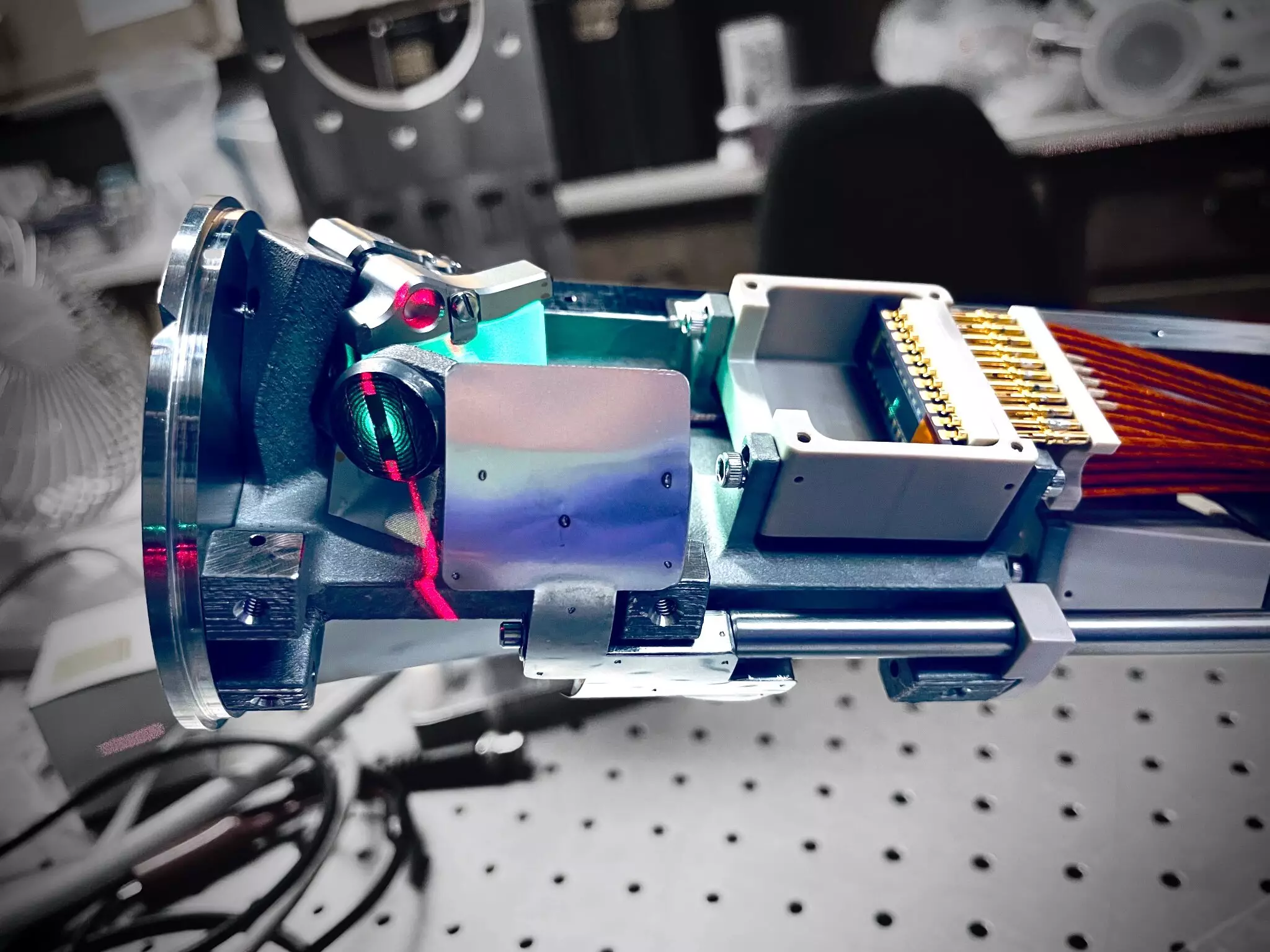The quest for sustainable and abundant energy sources has led scientists to explore the realm of fusion reactions. These reactions, akin to those that power the stars, have the potential to generate electricity without producing detrimental greenhouse gases or long-lived radioactive waste. However, harnessing the power of fusion reactions requires the manipulation of plasma, the electrically charged fourth state of matter that dominates the visible universe. Scientists at the U.S. Department of Energy’s Princeton Plasma Physics Laboratory (PPPL) have taken a significant step forward in this endeavor by developing a new plasma measurement instrument known as ALPACA.
One of the critical aspects of enhancing fusion reactions is the process of fueling, where clouds of neutral atoms surrounding the plasma break apart, increasing the plasma particle density. This influx of neutral atoms is essential for boosting the number of fusion reactions and ultimately increasing fusion power output. ALPACA, by observing the light emitted by neutral atoms around the plasma inside the DIII-D tokamak, provides valuable insights into the density of these neutral atoms. This data is crucial for researchers to maintain high plasma temperatures and optimize power generation in future fusion power plants.
The Role of ALPACA in Plasma Diagnostics
ALPACA, designed to collect plasma light at the Lyman-alpha wavelength, offers a clearer and more precise method of measuring neutral atom density compared to previous instruments. By leveraging this data, scientists hope to gain better control over fueling processes in tokamaks, making fusion reactions more efficient and increasing heat production. The importance of achieving higher plasma temperatures cannot be understated, as it directly correlates to the electricity generation potential of tokamak-based power plants.
Advancements in Plasma Diagnostics Technology
The innovative design of ALPACA incorporates cutting-edge techniques such as 3D printing, allowing for the integration of complex cooling conduits within the diagnostic instrument. This demonstrates the fusion of engineering expertise with plasma physics research, showcasing the interdisciplinary nature of fusion energy development. The collaboration between PPPL and other institutions like the Massachusetts Institute of Technology highlights the collective effort to push the boundaries of plasma diagnostics and fusion research.
While the development and implementation of ALPACA represent significant progress in fusion energy research, there are challenges that lie ahead. The complexity of plasma interactions and the need for precise control over fusion processes require continuous innovation in diagnostics and instrumentation. As ALPACA undergoes testing and prepares to collect data during DIII-D operations, researchers are optimistic about the insights it will provide for advancing fusion energy technologies.
The ALPACA diagnostic instrument stands as a testament to the relentless pursuit of clean and efficient energy solutions through fusion reactions. By unraveling the mysteries of plasma behavior and fueling processes, scientists are paving the way for a future powered by fusion energy. The collaborative efforts and technical ingenuity behind ALPACA exemplify the dedication of researchers towards achieving sustainable energy goals and revolutionizing the way we harness the power of the stars on Earth.



Leave a Reply